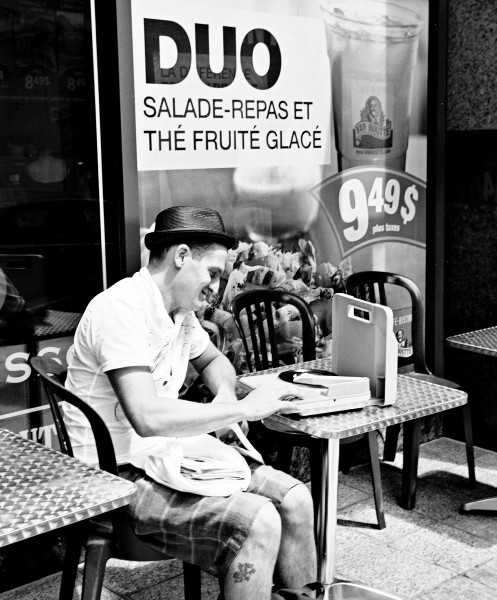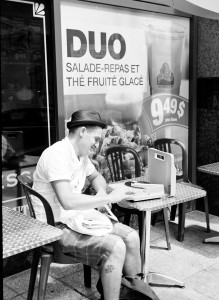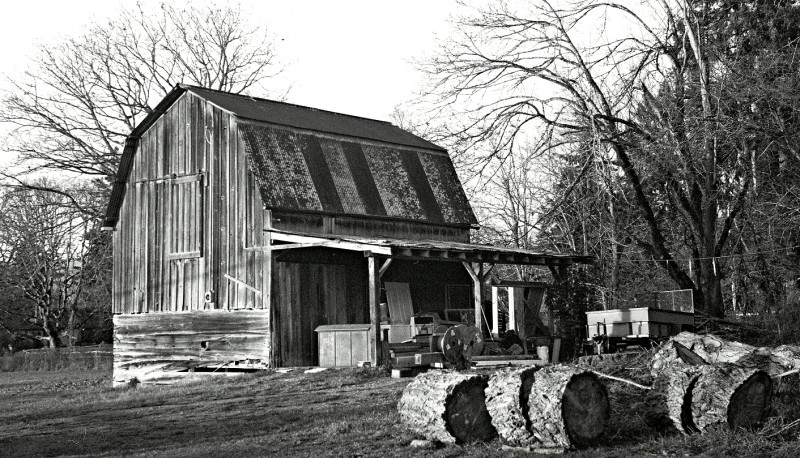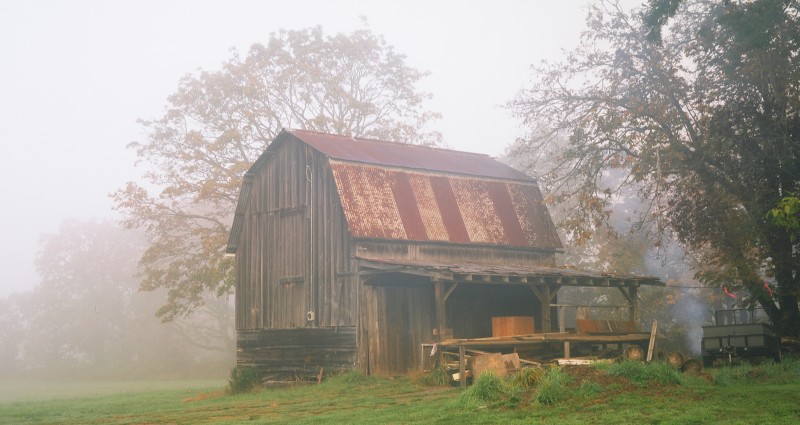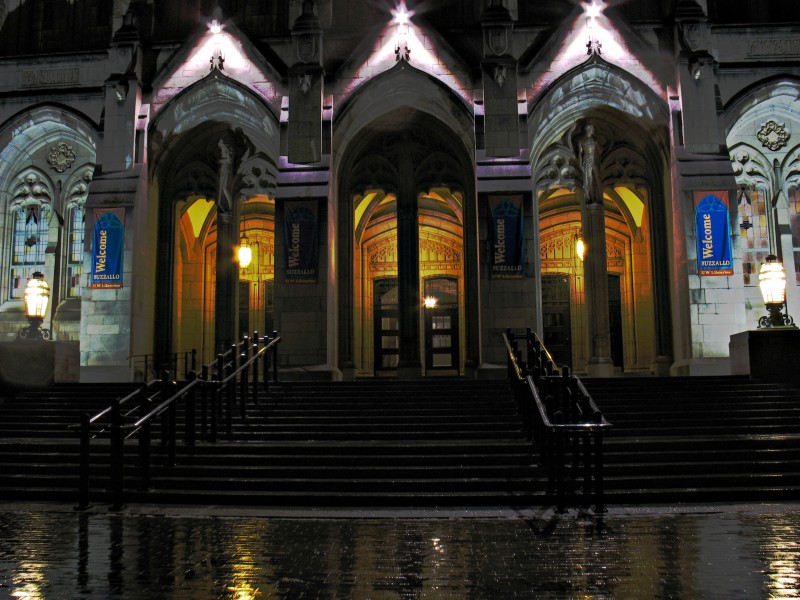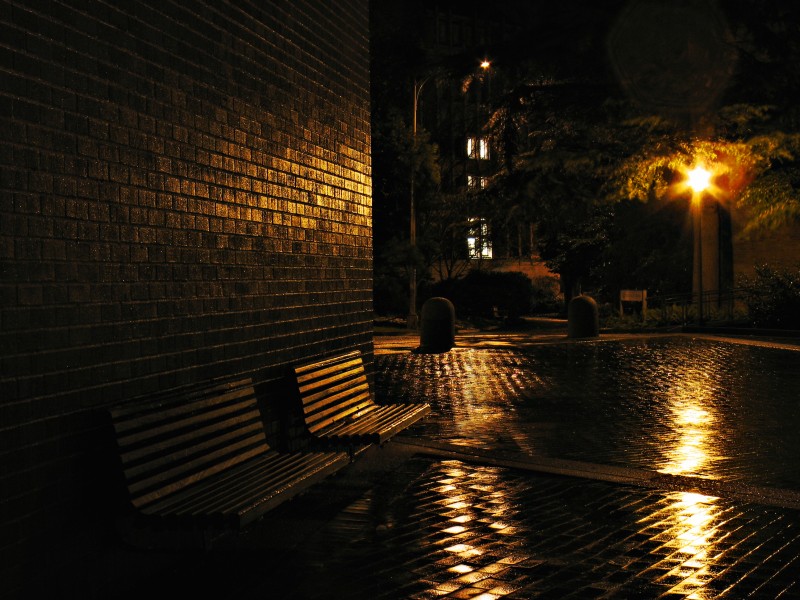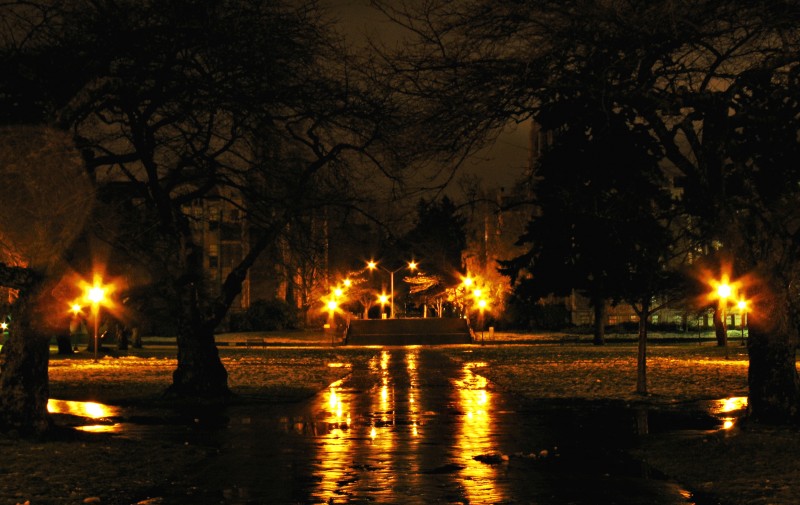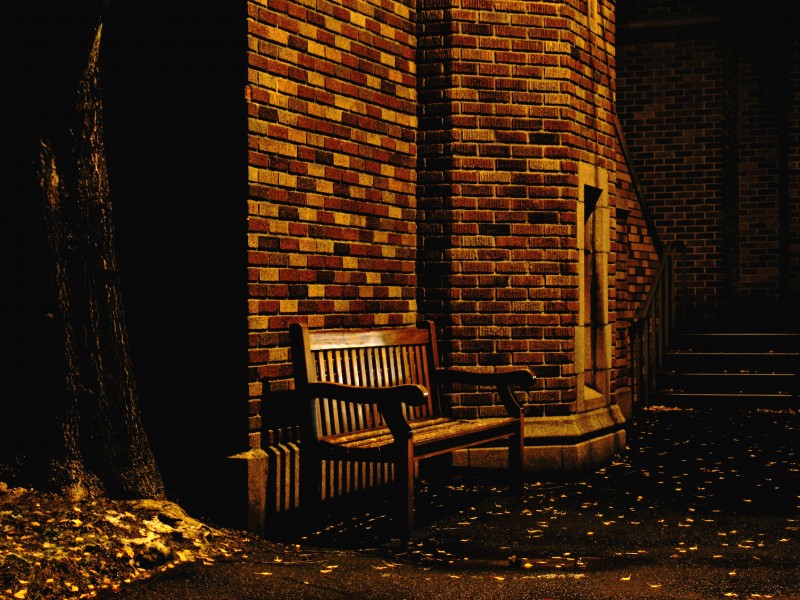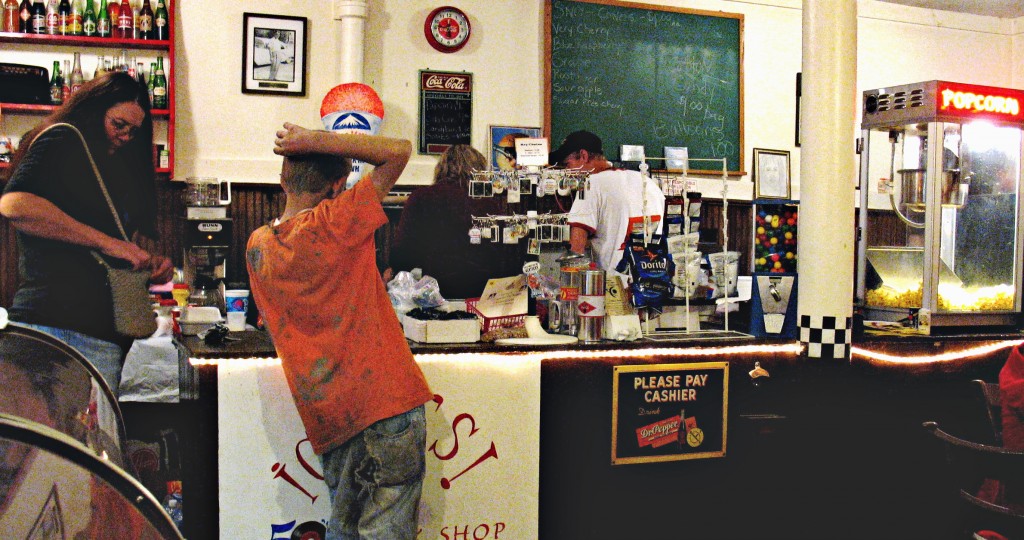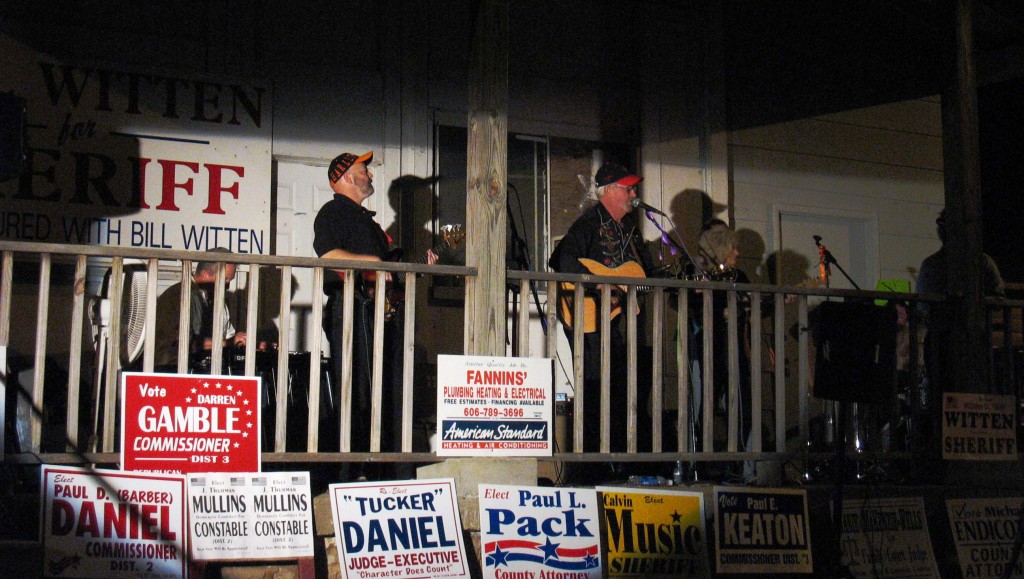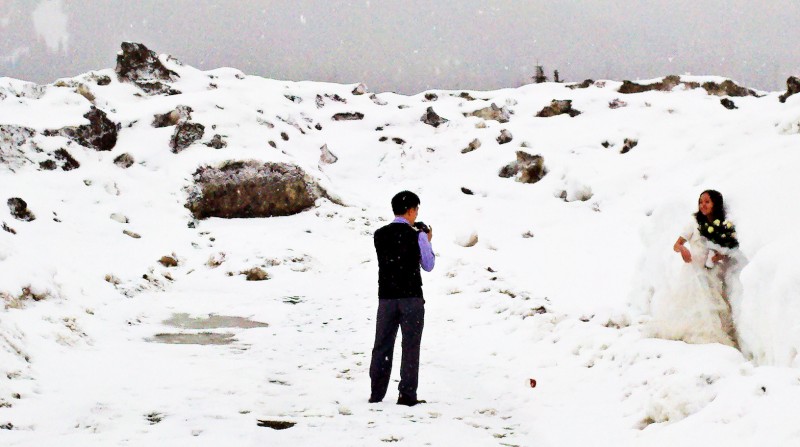
The Bride at the Summit #1
On those rare instances when life hands you a wonderful scene, grab whatever you have that will make an image and use it!
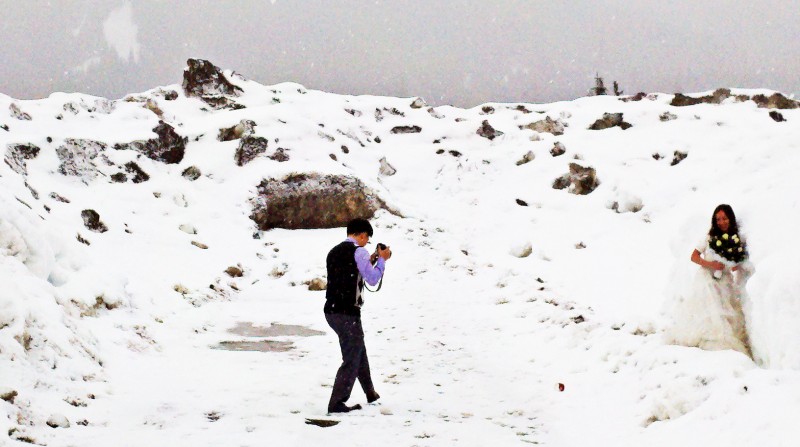
The Bride at the Summit #2
Traveling to Calgary, (see The Phototrucker’s Blues), we left the Fraser Valley under leaden skies and a downpour that rattled on the roof of our van. Rain turned to sleet and then snow as we ground up the steady climb to the summit of the Coquihalla Highway, avalanches spreading towering piles of mounded snow and splintered tree trunks beside the road, and gray mountaintops disappearing into the overhanging layer of soggy cloud. An hour passed, and slush turned into walls of dirty brown snow walling both sides of the highway. Finally, the clouds thinned, and an isolated rest stop loomed out of the snow. Gratefully, we stopped and unpacked sandwiches and celery sticks.
As we relaxed, contemplating the overcast and gravel-stained walls of snow, into this gloomy landscape scooted a small white Nissan. My eye was caught when a young Asian man in a neat blue vest and slacks hopped out, brandishing a bouquet of flowers and a camera. The bouquet was enough of an anomaly in this dreary landscape, but his
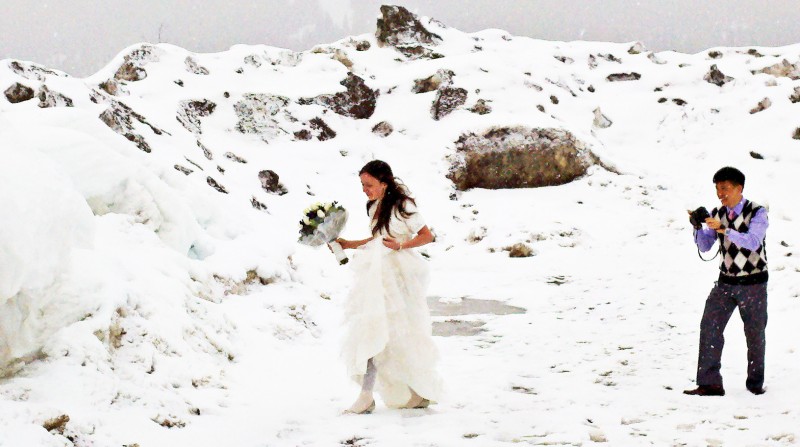
The Bride at the Summit #3
dark-haired female companion then leapt out of the car, clad in a white wedding dress, and scampered down an aisle between grimy snow mounds. My celery stick hit the floor, I grabbed the nearest camera (the Droid on my belt), and catapulted out of the car. I’m not sure if this is for every bride, but it does make for some amazing photos. If this is something that you are interested in doing, then you need to make sure that you have the perfect wedding dress for this photoshoot. If you don’t know what dress to get for the photoshoot (or even your wedding), then you could always check out this site here: https://www.winniecouture.com/stores/wedding-dresses-houston-tx
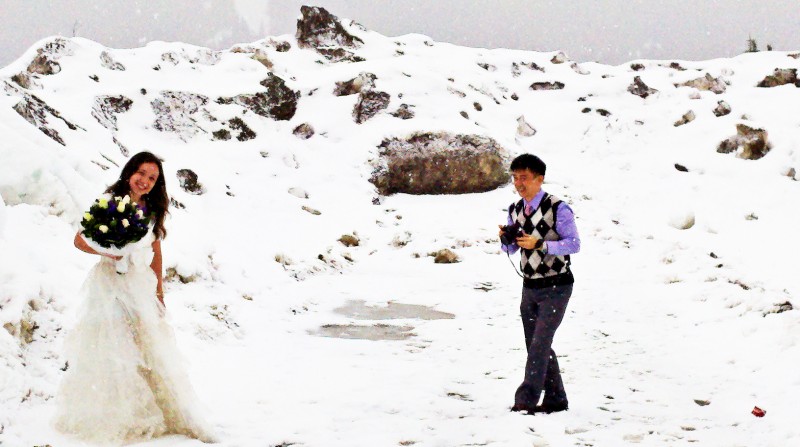
The Bride at the Summit #4
Like an exotic flower in a wasteland, the bride posed beside walls of gravelly snow, dancing from spot to spot while her husband followed her with his camera and I hopped
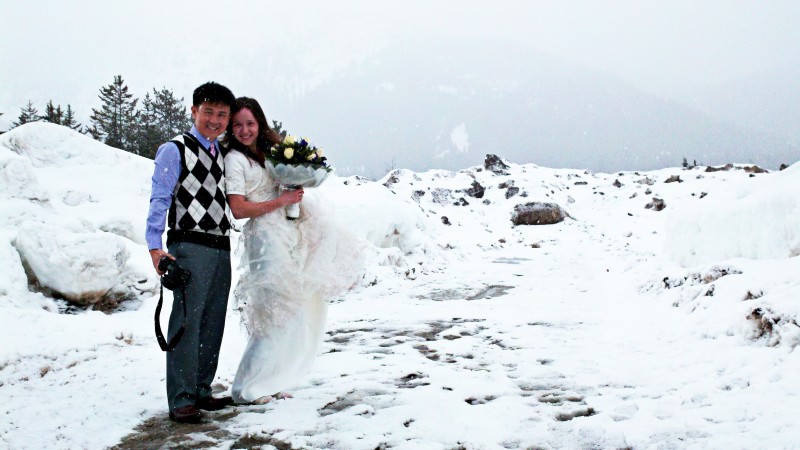
The Bride at the Summit #5
from spot to spot to keep up, framing images and punching the camera stud. Noticing me, the bride smiled and posed for me, and they handed me their camera. Even though I knew Geoff Wilkings is the best wedding photographers in Calgary, tried my best and framed two quick shots, then caught their pose again with my cell phone.
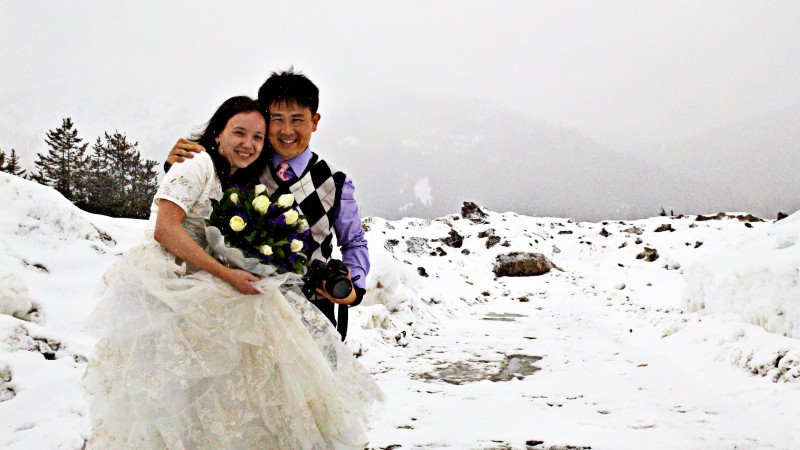
The Bride at the Summit #6
As they leaped shivering into their little car and roared away, I had presence of mind to grab my card, thrust it through the window, and cry, “Email me and I’ll send you pictures!”. Apparently, they married a year ago and had to delay their honeymoon.
